Inspiring the next generation of Rochester scientists, engineers, and curious scholars
Dear Rochester educator,
We’re extremely excited to be part of your science review process.
Built from the ground up for three-dimensional, phenomena-based learning, Amplify Science helps your Rochester scholars go from learning about to figuring out scientific concepts.
Explore the sections below and learn how Amplify creates rigorous, relevant learning experiences for the next generation of scientists, engineers, and curious citizens.
—Jennifer Fosegan, Rochester Senior Account Executive
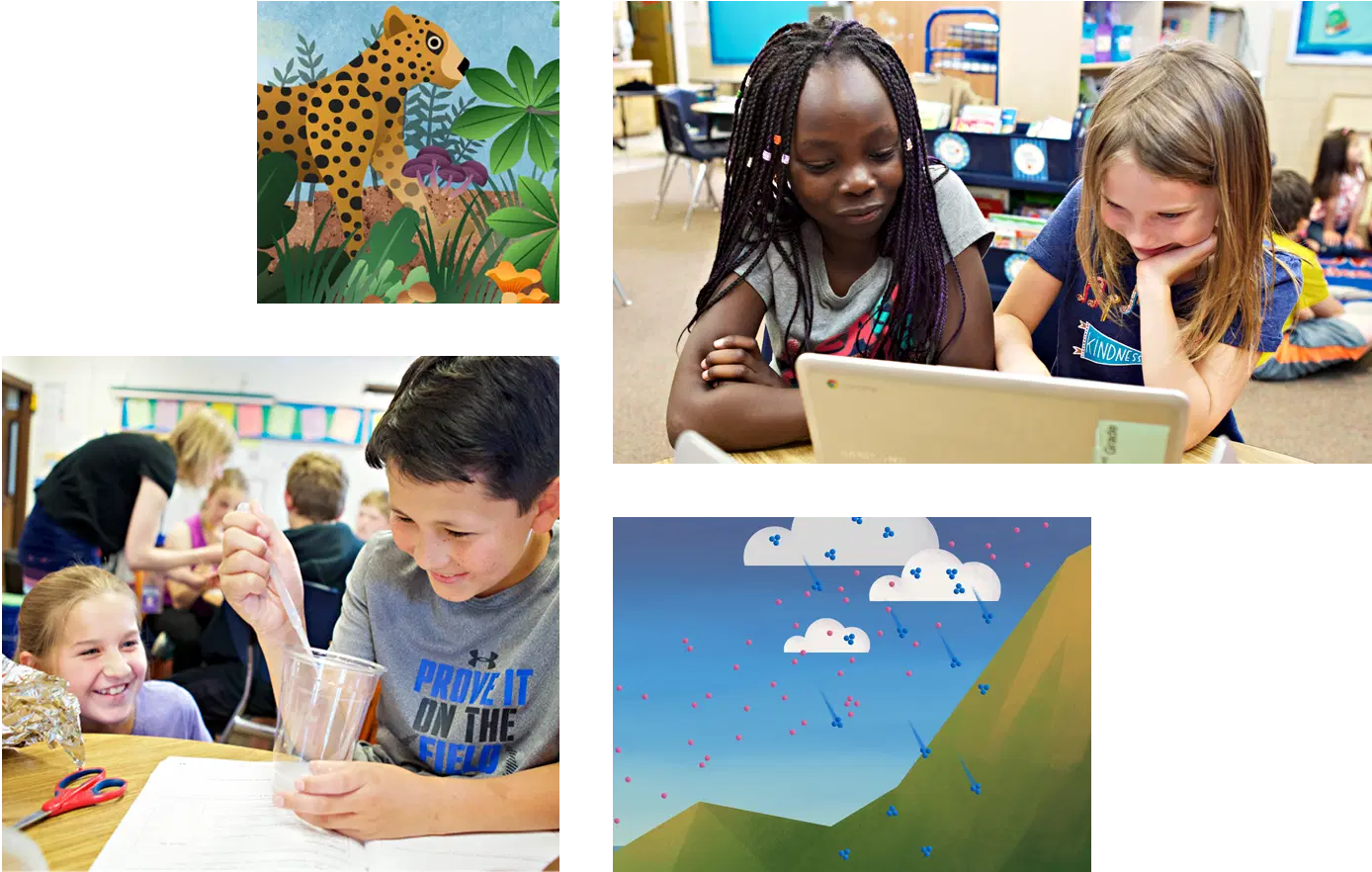
Standards-based and grounded in research
Amplify Science is an engaging new core curriculum designed for three-dimensional, phenomena-based learning. Developed by the science education experts at UC Berkeley’s Lawrence Hall of Science and the digital learning team at Amplify, our program is used by hundreds of schools across the country, including New York City Public Schools, Chicago Public Schools, and Denver Public Schools.
Amplify Science was designed from the ground up to meet the Next Generation Science Standards. To ensure alignment to the New York State Science Learning Standards (NYSSLS), our partners at the New York City Department of Education created additional resources that can be made available for RCSD to implement.
Instructional model
The Amplify Science program is rooted in the proven, research-based pedagogy of Do, Talk, Read, Write, Visualize. Here’s how each element works:

Phenomena-based approach
In each Amplify Science unit, students take on the roles of scientists or engineers in order to investigate a real-world problem. Students work to define the problem and collect and make sense of evidence. Once the context is clear, students collect evidence from multiple sources and through a variety of modalities.
At the end of the unit, students are presented with a brand-new problem, giving them an opportunity to apply what they’ve learned over the course of the unit to a new context. This represents a shift from asking students to learn about science to supporting students in figuring out the science.
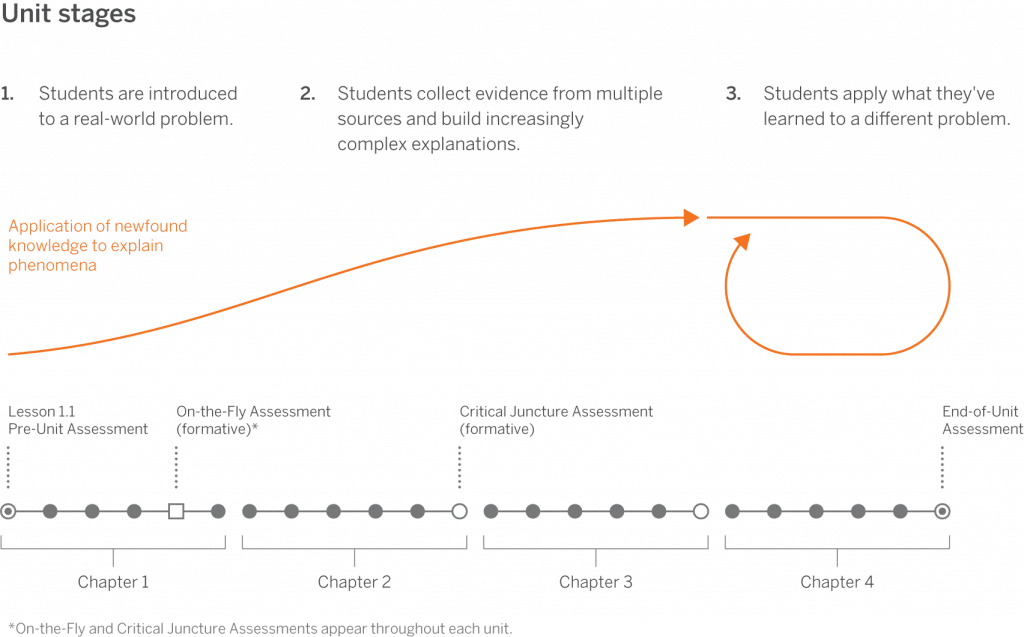
Resources to support your review
- Recommended Scope and Sequence
- RCSD Digital Review Guide
- Amplify Science Student Books
- Phenomena in Grades K–5
- Literacy-rich science instruction
- Engineering in Amplify Science
- Amplify Science in Action classroom videos
What’s included
COMPONENT
FORMAT
Teacher’s Guides and digital experience
Available digitally and in print, the Teacher’s Guides contain all of the information teachers need to facilitate classroom instruction, including detailed lesson plans, classroom slides, high-level overview documentation, differentiation strategies, standards alignments, materials and preparation steps, teacher support strategies, and in-context professional development, possible student responses, and more.
Print and digital
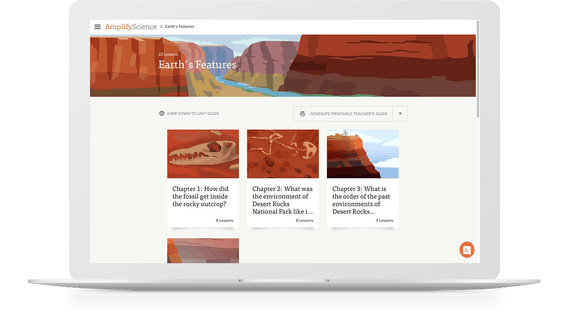
Hands-on materials kits
Hands-on learning is integrated into every unit of Amplify Science. Each hands-on activity is supported through clear instructions for the teacher, as well as easily accessible materials in unit-specific kits. Each kit contains hands-on materials, both consumable and nonconsumable, and various print materials (e.g., Vocabulary and Key Concept cards). With Amplify Science, students can actively participate in science: gathering evidence, thinking critically, making observations, and communicating their claims
Kit
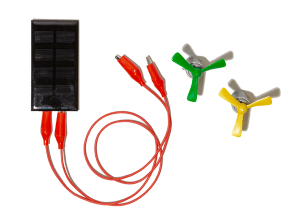
COMPONENT
FORMAT
Student Investigation Notebooks
Available for every unit, the Student Investigation Notebooks contain instructions for activities and space for students to record data, reflect on ideas from texts and investigations, and construct explanations and arguments.
Print and digital
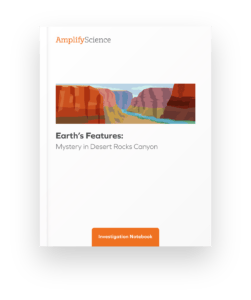
Student books
The age-appropriate Student Books in Amplify Science allow students to engage with content-rich text, obtain evidence, develop research and close reading skills, and construct arguments and explanations about the ideas they are learning in class.
Print and digital

Student digital experience
Students can easily engage with the student digital experience, so effective learning can occur in every type of classroom environment.
In grades 4–5, students are introduced to digital simulations. Developed exclusively for Amplify Science, these digital tools serve as venues of exploration and data collection, allowing students to discover and construct their understanding of science concepts and phenomena.
Digital
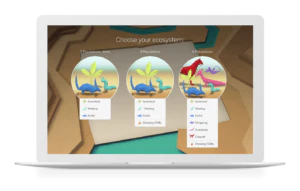
Spanish parity
Amplify Science is committed to providing support to meet the needs of all learners. For Spanish-speaking students, greater access to rich science content is achieved with Amplify Science through the use of a pedagogical approach that offers multiple points of entry. In addition, Spanish language supports are available across the curriculum, including Spanish kits that offer Spanish versions of all student-facing print materials, as well as Spanish digital licenses for teachers. Learn more about the Spanish components available across Amplify Science.
The same rigor in terms of scientific accuracy, literacy development, and the use of rich content and language in the creation of the Amplify Science Spanish materials. To ensure equity, all Spanish materials were carefully translated using academic Spanish, paying particular attention to consistency and the use of grade-level-appropriate language in order to support language development.
Review online
Ready to explore on your own? Follow the instructions below to access your demo account.
First, watch this navigation video. Then, click the orange button “Log in to Amplify Science” to log in.
- Select Log in with Amplify.
- Enter username and password:
- Teacher username: t1.rcsdtrial@demo.tryamplify.net
- Student username: s1.rcsdtrial@demo.tryamplify.net
- Password (both teacher and student): Amplify1-rcsdtrial
Disciplinary Core Ideas (DCI) review
Each Amplify Science unit is designed around a unit-specific learning progression that aligns with NGSS disciplinary core ideas (DCI) and crosscutting concepts. The levels that comprise the unit’s learning progression are cumulative. As students progress through the unit, they are able to integrate prior understandings with new insights, and there are continuing opportunities for students to master conceptual understanding of early unit content in subsequent chapters of the unit.
This means that standards are often addressed across entire units instead of in one particular activity or lesson. Thus, the lessons noted below are examples of where the concept represented in the listed DCI is addressed, but this list should not be considered exhaustive. Instead, students have frequent opportunities to engage with these ideas throughout the unit, the grade, and the grade band.
To view the specified lessons, explore our RCSD Digital Review Guide or select a grade level below.
DCI ESS2.D: Weather and Climate
Before you begin reviewing these lessons, make sure to locate the following Student Books from your Unit Kit: What is the Weather Like Today? and Tornado! Predicting Severe Weather
Select the Sunlight and Weather unit, click Chapter 1, and locate the lessons below:
Lesson 1.1
- Activities 2 and 3, Step-by-step tab
- Student book, What is the Weather Like Today? (note: located in your Unit Kit)
Lesson 1.2
- Activities 1 and 3, Step-by-step tab
Lesson 1.3
- Activities 1 and 2, Step-by-step tab
Lesson 1.4
- Lesson Brief, Digital Resources, “Playground Weather Calendars and Playground Weather Graphs (Completed)”
- Activity 1, Step-by-step tab (especially steps 5, 9, and 10) and Teacher Support tab (“Assessment, Assessment Opportunity: Assessing Students’ Understanding of Types of Weather”)
Lesson 5.1
- Activity 1, Step-by-step tab (especially steps 6–7) and Teacher Support, Assessment tab (“Assessment Opportunity: Assessing Students’ Understanding of Weather and Why We Measure It”)
- Student book, Tornado! Predicting Severe Weather (note: located in your Unit Kit), pages 6–9
DCI PS4.A: Wave Properties
Before you begin reviewing these lessons, make sure to locate the following materials from your Unit Kit: Light and Sound Student Investigation Notebook; Student Book: What Vibrates?
Select the Light and Sound unit, click Chapter 4, and locate the lessons below:
Lesson 4.1
- Lesson Brief, Digital Resources, “Assessment Guide”
- Activity 3, Step-by-step tab (especially steps 1–12)
- Light and Sound Student Investigation Notebook, page 24 (note: located in your Unit Kit)
Lesson 4.2
- Activity 2, Step-by-step tab and On-the-Fly Assessment (hummingbird icon)
- Activity 3, Step-by-step tab and On-the-Fly Assessment (hummingbird icon)
- Activity 4, Instructional Guide
- Student book, What Vibrates? (note: located in your Unit Kit)
- Light and Sound Student Investigation Notebook, page 25 (note: located in your Unit Kit)
Lesson 4.3
- Lesson Brief, Digital Resources, “I Hear a Sound. What Vibrates? Mini-Book copymaster”
- Activity 1, Step-by-step tab (especially steps 5–11, 13), and Teacher Support tab (“Instructional Suggestion, Going Further: Sound Can Cause Vibrations”)
- Activity 3, Step-by-step tab
- Activity 4, Step-by-step tab and On-the-Fly Assessment (hummingbird icon)
DCI LS2.A: Interdependent Relationships in Ecosystems
Before you begin reviewing these lessons, make sure to locate the following materials from your Unit Kit: Plant and Animal Relationships Student Investigation Notebook; Student book A Plant is a System.
Select the Plant and Animal Relationships unit, click Chapter 1, and locate the lessons below:
Lesson 1.6
- Activities 2–4, Step-by-step tab
- Plant and Animal Relationships Student Investigation Notebook (note: located in your Unit Kit), pages 15–19
Lesson 1.7
- Activity 2, Step-by-step tab, Possible Responses tab, and Critical Juncture Assessment (hummingbird icon)
- Activity 3, Step-by-step tab
Lesson 2.2
- Activity 2, Step-by-step tab (especially steps 4–12) and Possible Responses tab
- Student book, A Plant is a System (note: located in your Unit Kit)
DCI ESS2.D: Weather and Climates
Before you begin reviewing these lessons, make sure to locate the following materials from your Unit Kit: Weather and Climate Student Investigation Notebook; Student Books Dangerous Weather Ahead and Sky Notebook.
Select the Weather and Climate unit, click Chapter 4, and locate the lessons below:
Lesson 1.4
- Activity 2, Step-by-step tab
- Student book, Sky Notebook (note: located in your Unit Kit)
Lesson 2.3
- Activity 3, Step-by-step tab and Possible Responses tab
- Weather and Climate Student Investigation Notebook, page 28 (note: located in your Unit Kit)
Lesson 3.2
- Lesson Brief, Digital Resources, “Anchorage, Queenstown, and Saint Petersburg Graphs copymaster”
- Activities 2 and 3, Step-by-step tab
Lesson 3.3,
- Activity 2, Step-by-step tab, Possible Responses tab, and On-the-Fly Assessment (hummingbird icon)
Lesson 3.6
- Activity 1, Step-by-step tab (especially steps 3–5) and On-the-Fly Assessment (hummingbird icon)
Lesson 3.7
- Lesson Brief, Digital Resources, “End-of-Unit Writing: Arguing About Future Island Weather Version A copymaster” and “Assessment Guide”
- Activity 3, Step-by-step tab (especially steps 3–7)
Lesson 4.2
- Activity 2, Step-by-step tab, Possible Responses tab, and On-the-Fly Assessment (hummingbird icon)
- Student book, Dangerous Weather Ahead (note: located in your Unit Kit)
DCI PS4.A: Wave Properties
Before you begin reviewing these lessons, make sure to locate the following materials from your Unit Kit: Student books Warning: Tsunami! and Patterns in Communication.
Select the Waves, Energy, and Information unit, click Chapters 1 and 3, and locate the lessons below:
Chapter 1
Lesson 1.4
- Activity 1, Step-by-step tab (especially steps 1, and 4)
- Student book, Warning: Tsunami! (note: located in your Unit Kit)
- Activity 2, Step-by-step tab, On-the-Fly Assessment (hummingbird icon), and Teacher Support tab (“Instructional Suggestion, Providing More Experience: Waves in Water”)
Chapter 3
Lesson 3.1
- Activity 2, Step-by-step tab (especially steps 4–8) and On-the-Fly Assessment (hummingbird icon)
- Activity 3, Step-by-step tab and Waves, Energy, and Information Simulation
Lesson 3.2
- Activity 3, Step-by-step tab, On-the-Fly Assessment (hummingbird icon), and Waves, Energy, and Information Simulation
Lesson 3.3
- Activity 4, Step-by-step tab and On-the-Fly Assessment (hummingbird icon)
- Student book, Patterns in Communication (note: located in your Unit Kit), pages 6–7
DCI LS2.A: Interdependent Relationships in Ecosystems
Before you begin reviewing these lessons, make sure to take out the following materials from your Unit Kit: Student books Restoration Case Studies and Walk in the Woods; Organism Print Name Cards: Set 1.
Select the Ecosystem Restoration unit, click Chapters 1, 2, and 3, and locate the lessons below:
Lesson 1.6
- Activity 2, Step-by-step tab, Possible Responses tab, and Ecosystem Modeling Tool (Box 2 on student apps page, “1.6 Healthy Ecosystem Model”)
- Activity 3, Step-by-step tab (especially steps 2 and 3), Possible Responses tab, and Critical Juncture Assessment (hummingbird icon)
Lesson 1.7
- Activity 2, Step-by-step tab
- Activity 3, Step-by-step tab (especially steps 3–7) and On-the-Fly Assessment (hummingbird icon)
- Printable Resources, Print Materials (8.5” x 11”), Organism Name Cards: Set 1, pages 12–17 (note: located in your Unit Kit)
Lesson 1.8
- Activity 3, Step-by-step tab (especially steps 6–8) and Possible Responses tab
Lesson 2.3
- Activity 3, Step-by-step tab (especially steps 1–4), Possible Responses tab, and Ecosystem Modeling Tool (Box 3 on student apps page, “2.3 Plant Needs Model”)
Lesson 2.5
- Activity 3, Step-by-step tab
- Student book, Restoration Case Studies (note: located in your Unit Kit)
Lesson 3.2
- Activity 2, Step-by-step tab
- Student book, Walk in the Woods (note: located in your Unit Kit), pages 6–10
Lesson 3.3
- Activity 4, Step-by-step tab and Ecosystem Restoration Simulation
Lesson 3.4
- Activity 2, Step-by-step tab, Possible Responses tab, On-the-Fly Assessment (hummingbird icon), and Ecosystem Restoration Simulation
Lesson 3.5
- Activity 2, Step-by-step tab and Teacher Support tab (“Instructional Suggestion, Going Further: Balance and Interdependence of Ecosystems: Impacts of Invasive Species”)
- Student book, Restoration Case Studies (note: located in your Unit Kit), pages 11, 31, and 47
Lesson 3.6
- Activity 2, Step-by-step tab (especially steps 4–5), Possible Responses tab, and Critical Juncture Assessment (hummingbird icon)
Lesson 3.7
- Activity 1, Step-by-step tab, Possible Responses tab, and Ecosystem Modeling Tool (Box 5 on student apps page, “3.7 No Decomposers Model”)
Looking for help?
Contact your Rochester Account Executive:
Jennifer Fosegan
(585) 590-4200
jfosegan@amplify.com